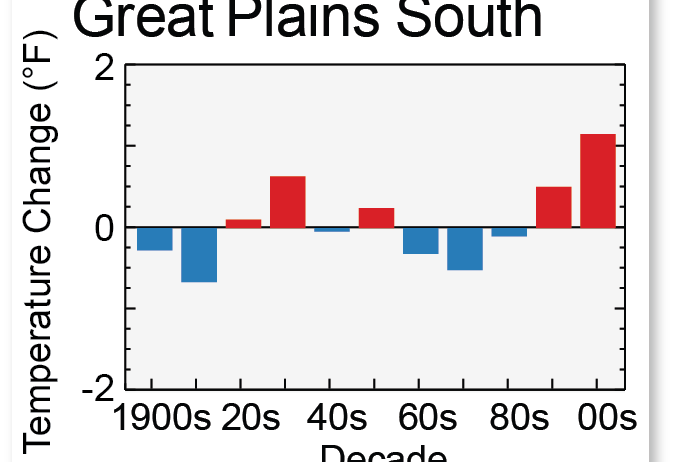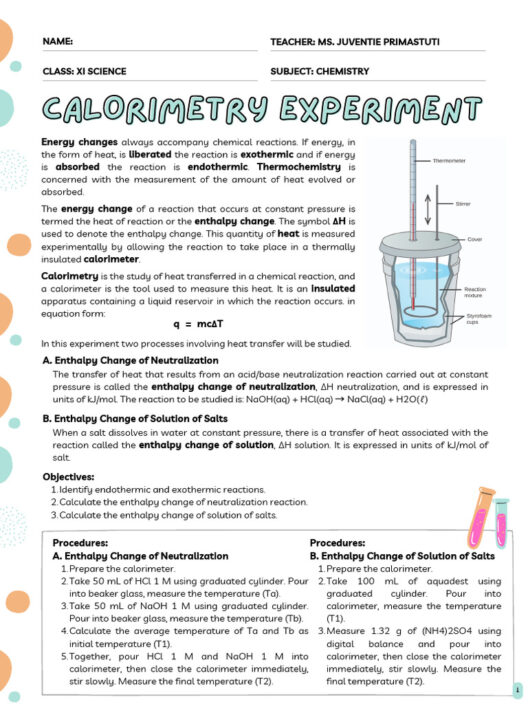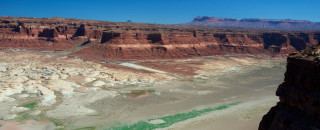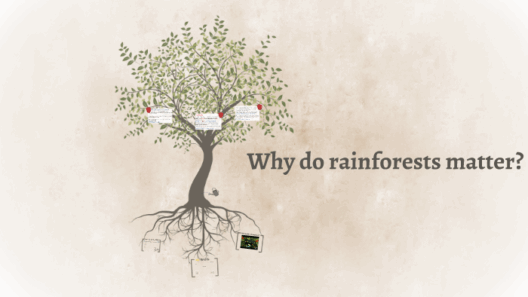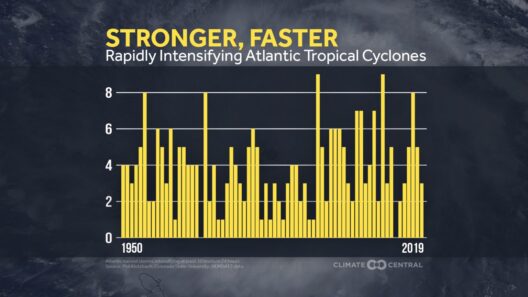The Great Plains region of the United States is a vast expanse characterized by its distinctive climate, which can be both exhilarating and challenging. From its relentless prairie winds to the seasonal extremes that define the landscape, understanding the climate of the Great Plains is crucial for both residents and those who wish to appreciate this unique environment. So, what exactly is the climate in the Great Plains, and how does it shape the lives of those who inhabit this sprawling territory?
To explore the climate of the Great Plains, one must first understand what constitutes this expansive area. Stretching from Canada down to Texas, the Great Plains are often divided into two broad categories: the Northern Plains and the Southern Plains. Each segment boasts its own climatic nuances, influenced by geographic features and prevailing weather patterns.
One of the most defining characteristics of the Great Plains is its semi-arid climate. This region typically experiences low precipitation levels, averaging around 20-30 inches annually. As one traverses the landscape from east to west, it becomes increasingly arid. Eastern areas see more rain and humidity—ideal for agriculture—while western parts grow dry, characterized by their shrub and grassland ecosystems.
This climatic divergence invites a playful question: how does one adapt to such variability? The answer lies in the unique adaptations displayed by both the flora and fauna that call the Great Plains home. Native grasses, for instance, have developed deep root systems to access hidden moisture underground, ensuring survival during the protracted dry spells that often grip the region.
In addition to its semi-arid nature, the Great Plains experience a phenomenon known as the Chinook wind. These warm, dry winds descend from the Rockies and sweep across the plains, leading to sudden temperature spikes. On a winter day, one might contend with frigid temperatures only to be unexpectedly greeted by a balmy 60-degree afternoon due to these winds. This unpredictable aspect of the climate can indeed pose quite the challenge for those unaccustomed to its volatility.
Seasonal transitions display stark contrasts. Summers can be oppressively hot, with temperatures often soaring above 100°F. These sweltering months are punctuated by thunderstorms that can produce torrential downpours and even tornadoes—an infamous aspect of the Great Plains climate. Tornado season generally peaks in the spring, as warm, moist air from the Gulf of Mexico collides with cooler, drier air from the north, creating the perfect conditions for these terrifying natural events.
In contrast, winters can be harsh and unforgiving. The biting cold can drive temperatures down to sub-zero levels, compounded by fierce winds that sweep across the open plains. Snowfall varies from year to year, but blizzards can immobilize entire communities, forcing inhabitants to reconceptualize their daily lives in the face of nature’s wrath.
It’s important to highlight that while the Great Plains have long been associated with extremes, they also embody resilience. The climate has shaped a way of life inherent to the region’s culture. Farming and raising livestock have traditionally thrived in the more fertile eastern areas, facilitated by a nurturing climate that supports an agricultural economy. However, as farming techniques evolve, the patterns of precipitation and temperature continue to create hurdles. The challenge, then, lies in adapting agricultural practices to mitigate the consequences of erratic climate patterns, from droughts to deluge.
Moreover, climate change has imposed an additional layer of complexity on the Great Plains’ weather systems. Rising global temperatures are altering precipitation patterns, making the region’s climate even more unpredictable. Farmers and ranchers are left facing the dual threats of increased flooding and prolonged droughts, urging communities to innovate practices that reflect the new environmental realities.
The impact of climate change can be especially pronounced in an area so dependent on its climate for sustenance and economic stability. In light of this, how can local citizens and policymakers take a proactive stance toward climate adaptation? Collaboration and sustainable practices are key. Engaging local communities in dialogues on water conservation, soil health, and agroecological methods, can lead to significant progress in preserving the land amidst the challenges brought on by climate disruptions.
As environmental stewards, residents of the Great Plains can seize the opportunity to become champions of climate resilience. Every individual possesses the ability to contribute, whether through conservation efforts, supporting local food systems, or advocating for policies that aim to protect their unique climate and ecosystems.
In conclusion, while the climate of the Great Plains presents distinct challenges—from prairie winds to seasonal extremes—it also beckons its inhabitants to embrace adaptability and resilience. Understanding this intricate climatic tapestry is essential for navigating the complexities of life in this remarkable region. The question remains: will those who dwell within these vast lands heed the call to harmonize their existence with the whims of nature? The answer may very well determine the future of the Great Plains.



